Javier Ramos (Spain)
Javier Ramos has been associated with the world of nature photography since an early age, perhaps due to his geographic location, relatively close to Doñana National Park and the Guadalquivir Marshes Natural Park, and thanks to the influence of his brother, Rafael Ramos. He is specialized in nature photography, particularly in wildlife. Javier is professor of digital photography and graphic design at the Spanish Federation of Popular Universities in Alcalá de Guadaíra and Seville.
"I have to say that being one of the photographers given the chance to test this new model Fujifilm camera has been a pleasure and a great experience for me. Within the discipline of nature photography, I consider myself to be someone who asks quite a lot of the equipment I use. Photographing nature and particularly wild fauna requires extremely accurate tools to capture those fleeting moments that nature affords us. This is a type of photography when you see an animal act unexpectedly and photographer and camera must be in perfect harmony to bring everything into line to catch that unique and unrepeatable moment. There’s no turning back. That's one of the key points that led me to choose this camera for my work.
When I first held the X-T2 in my hands -and bearing in mind that I’ve spent more than 20 years shooting with reflex cameras- the first impression when I looked through the electronic viewfinder was, to be honest, not good, although the design, size, and weight were a pleasant surprise. I also had my doubts about how the sensor would behave at medium and high ISOs and whether the focusing system would be up to the task in tricky situations like the ones you find in nature, as nature and sports photography are probably the areas where we make the most demands in this regard. As soon as the test unit reached me I raced outside to try it and it wasn't until I’d been working with it for a few hours that I realized I’d completely forgotten about the electronic viewfinder which, as I say, was something completely new for me. My doubts about whether it would be a drawback or not were put to bed and today I love looking through it. In fact you can get up so close to what’s in front of you that you barely realize you're looking through an electronic panel. It also offers a great deal more prior information than you can ever hope for with a reflex finder, such as exposure simulation, a histogram, information and adjustment of near-point distance, and loads of parameter information: grid, guides, electronic level, etc. The ISO is surprisingly good and considering it’s an APS-C sensor, the quality/noise ratio at very high ISOs is excellent - in this regard the pictures speak for themselves.
But really the focusing system was the litmus test for this camera that is born for action photography and the truth is that as I tried it under different situations I found myself realizing that the percentage of photos focused in continuous focus mode at 11 frames per second and in different configurations was high and the system remained stable under all the conditions I tested it in.
My conclusion is that this is a camera that responds extremely well to any type of situation: intuitive and easy to handle, silent, sealed against atmospheric agents, a vertical grip that boosts its functions and makes it even more ergonomic, the X-T2 is possibly the most multipurpose camera I have used to date and unlike other models offers great adaptability speed in situations where getting off a good shot is a question of adjusting it in a few seconds, something that action photographers need and are grateful for when the situation we are shooting is out of our control.
Another point that swayed me and which this model can be rightfully proud of is how small and lightweight the overall set is (camera and lenses). I've gone from lugging around 40-plus pounds in weight with my old reflex camera to under 20 with the same spectrum of focal lengths. You have to be thankful for that, especially when you travel on an airplane with a cabin baggage weight limit or when you're climbing up a mountain or have to trek long distances over uneven terrain to reach your target.
There are more pros than cons, as I have discovered over the course of this test period and they're all points in its favor. The one thing I do miss to round my equipment out now is a 400mm fixed focal length with f2.8 brightness or similar, something that everyone who has become an X-T2 user has been impatiently waiting for. I’m sure this lens will be the trigger for many other users who have their sights set on this brand to take the definitive step".
Felszerelés
-
X-H1
-
X-T3
-
X-T2
-
XF80mmF2.8 R LM OIS WR Macro
-
XF200mmF2 R LM OIS WR
-
XF10-24mmF4 R OIS
-
XF16-55mmF2.8 R LM WR
-
XF50-140mmF2.8 R LM OIS WR
-
XF100-400mmF4.5-5.6 R LM OIS WR
-
XF1.4X TC WR
-
XF2X TC WR
Galériák

Javier Ramos (Spain)
Gallery 01
Javier Ramos(Spain)
Gallery 01
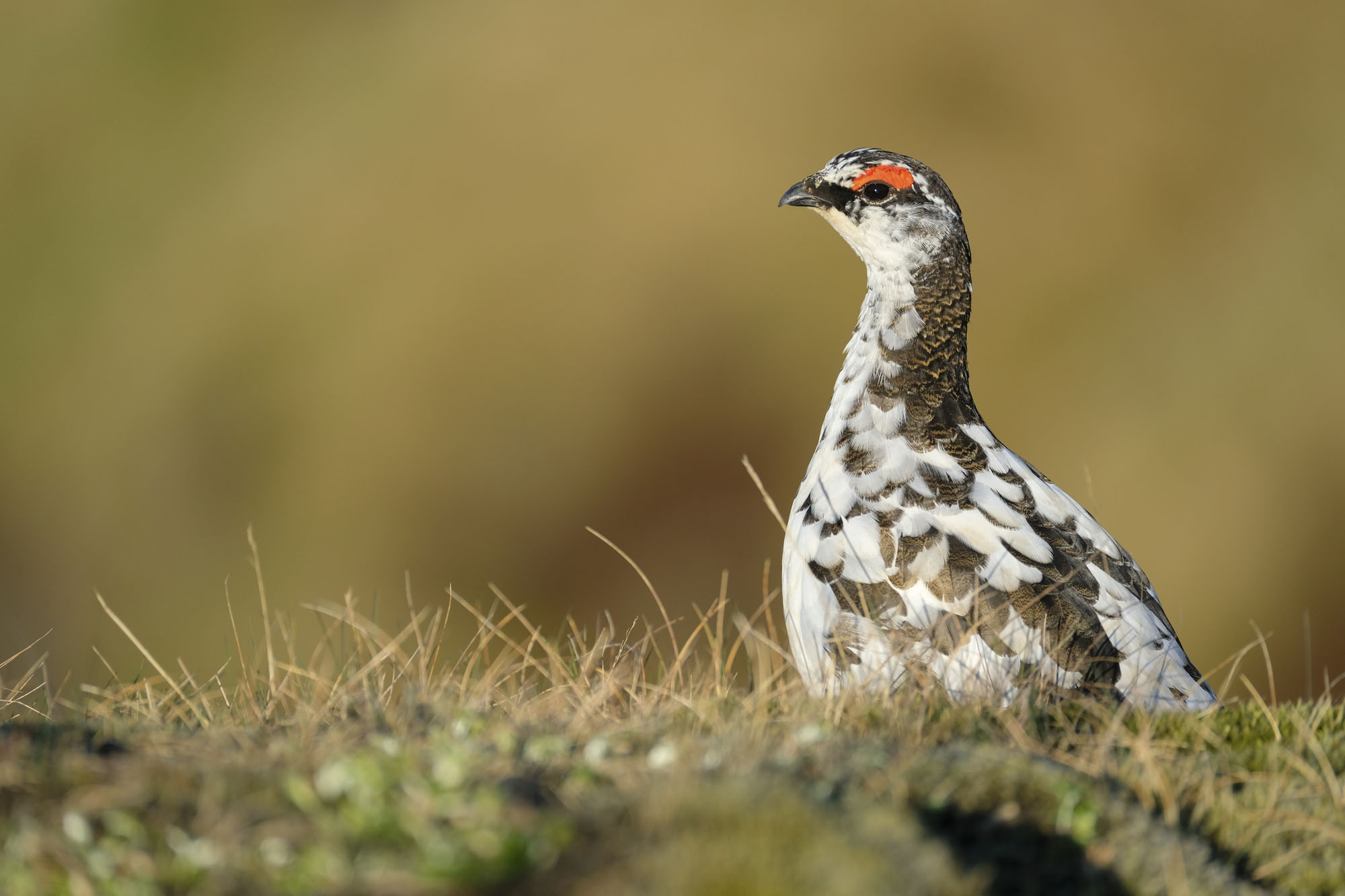
Javier Ramos (Spain)
Gallery 01
Javier Ramos(Spain)
Gallery 01
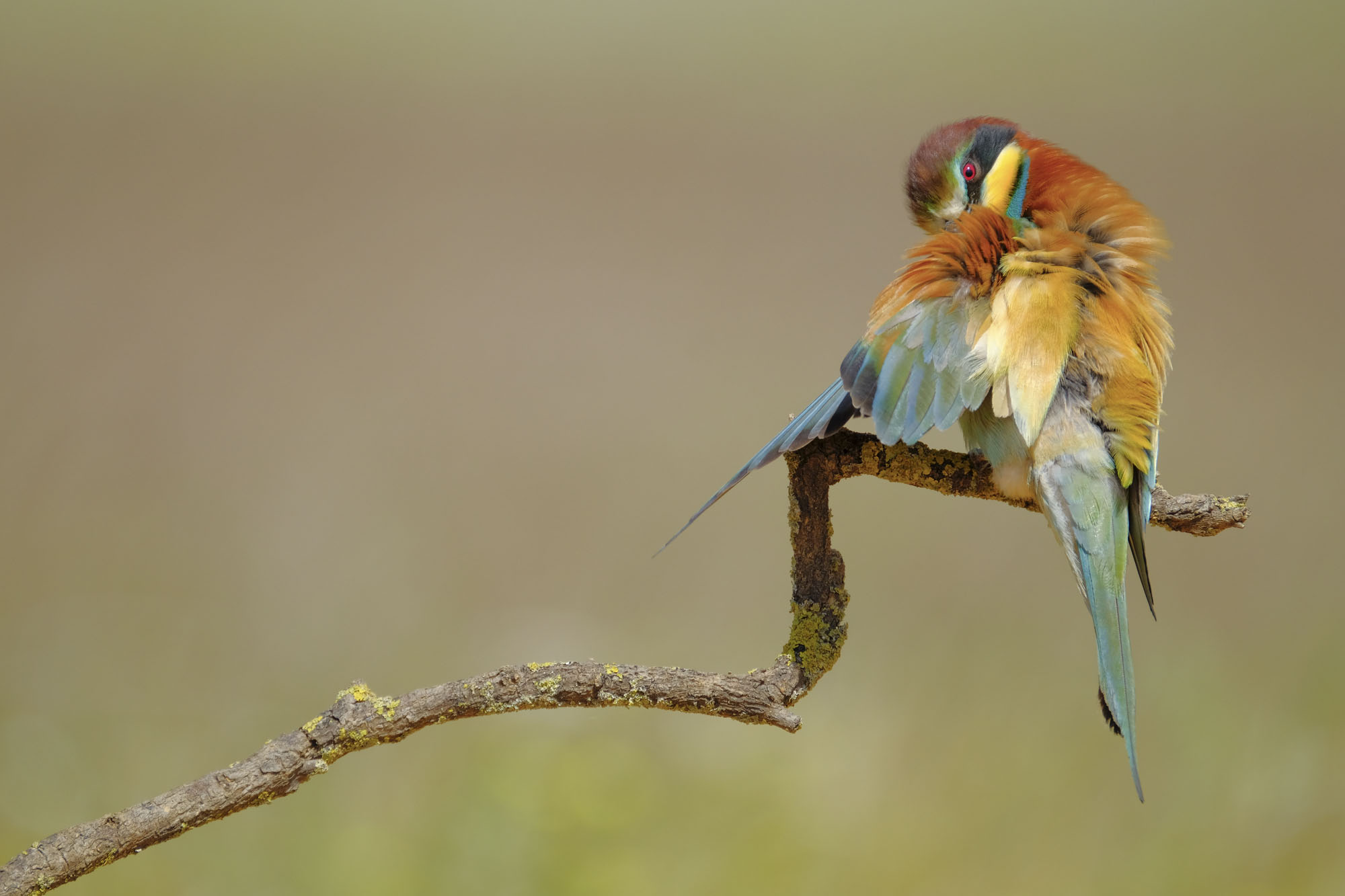
Javier Ramos (Spain)
Gallery 01
Javier Ramos(Spain)
Gallery 01
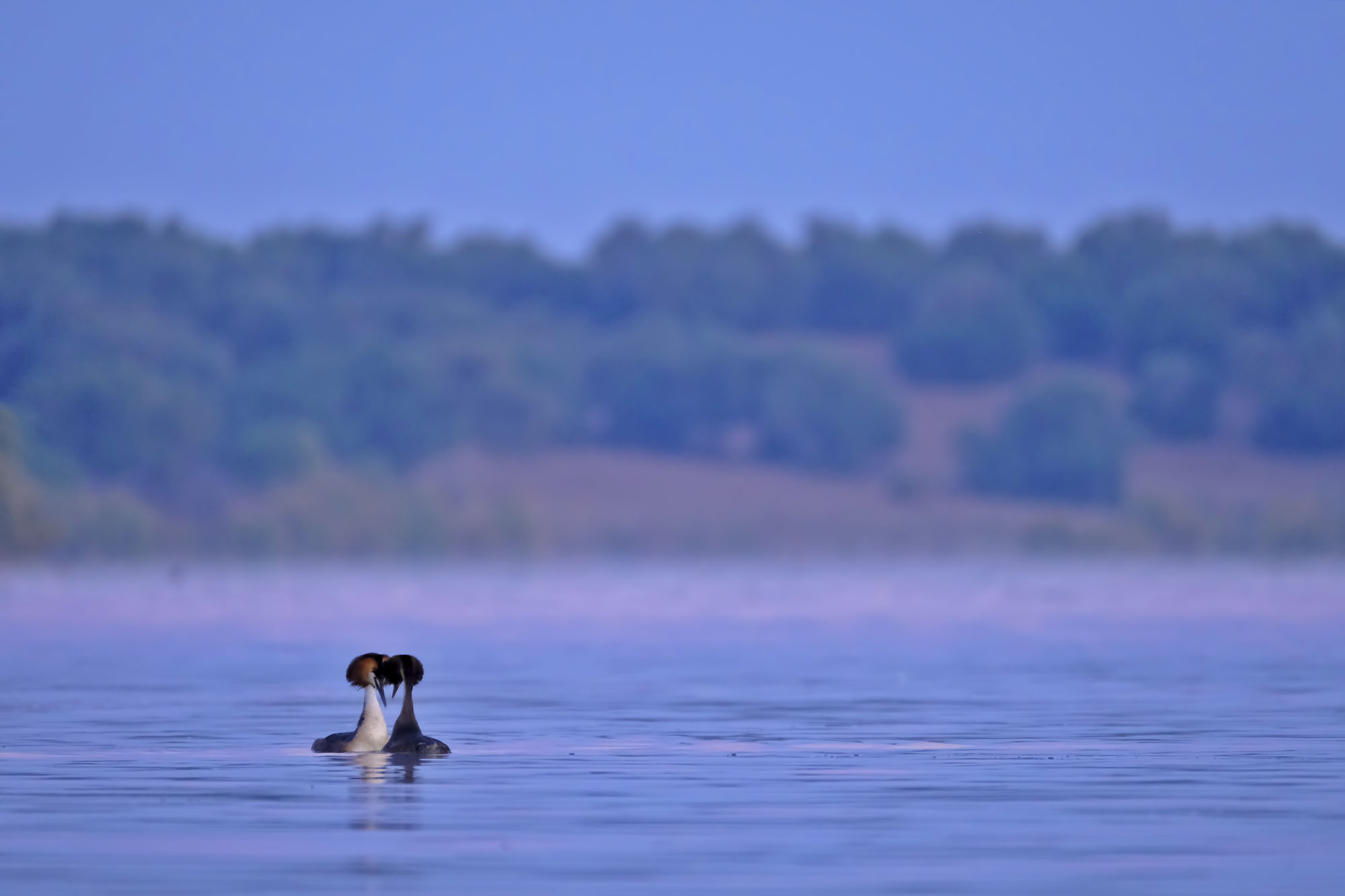
Javier Ramos (Spain)
Gallery 01
Javier Ramos(Spain)
Gallery 01

Javier Ramos (Spain)
Gallery 01
Javier Ramos(Spain)
Gallery 01

Javier Ramos (Spain)
Gallery 01
Javier Ramos(Spain)
Gallery 01
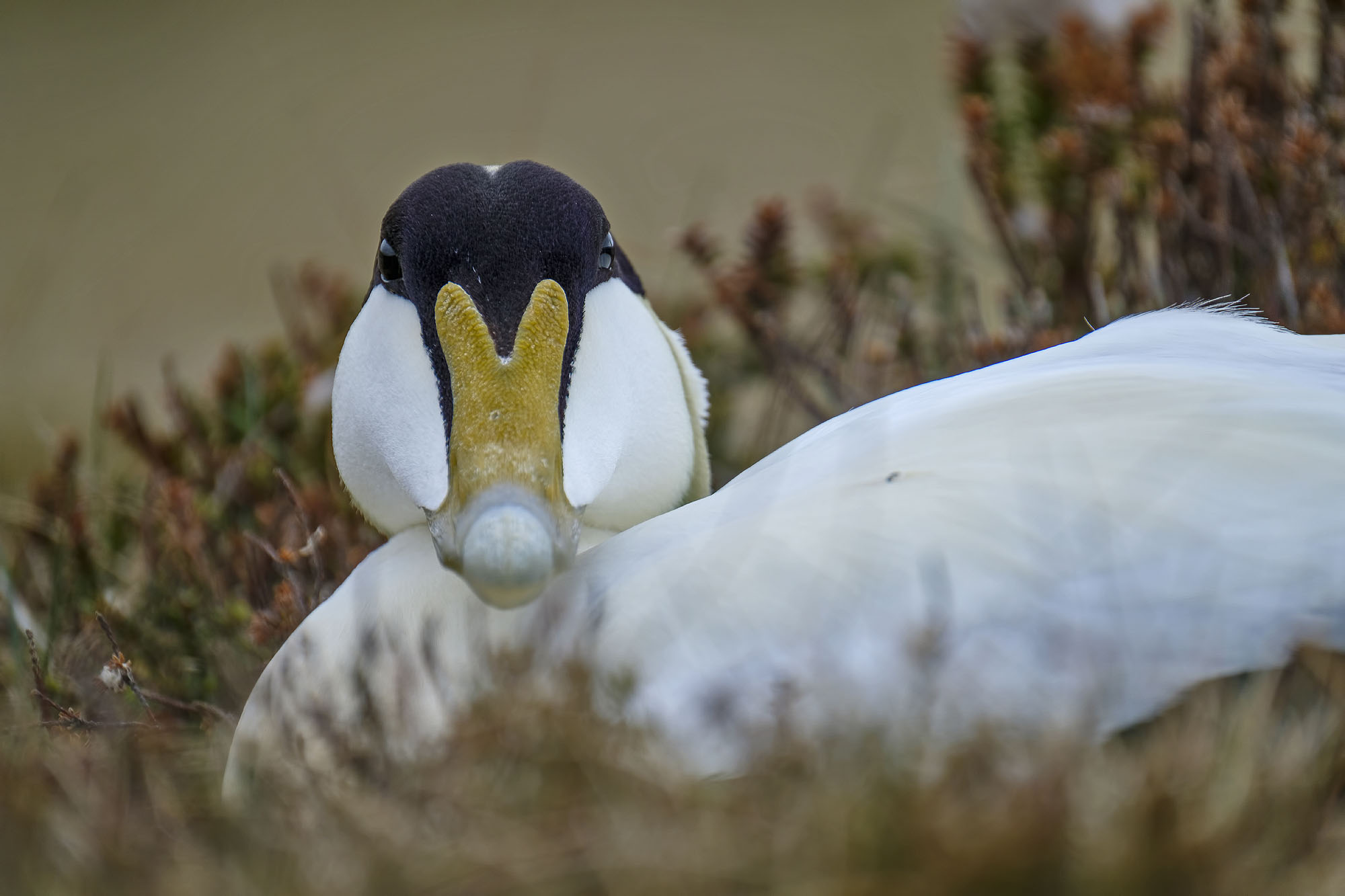
Javier Ramos (Spain)
Gallery 01
Javier Ramos(Spain)
Gallery 01

Javier Ramos (Spain)
Gallery 01
Javier Ramos(Spain)
Gallery 01
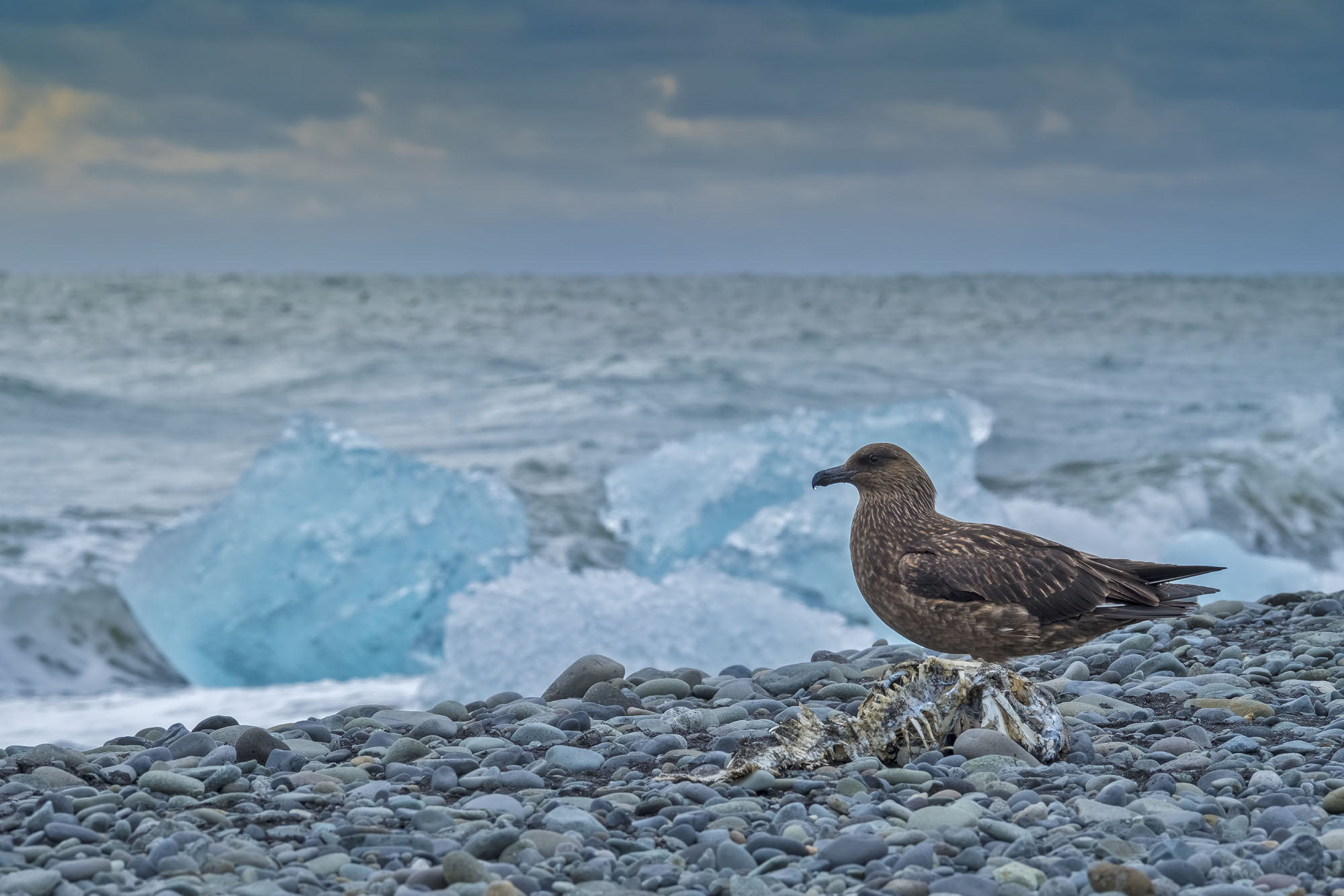
Javier Ramos (Spain)
Gallery 01
Javier Ramos(Spain)
Gallery 01

Javier Ramos (Spain)
Gallery 01
Javier Ramos(Spain)
Gallery 01
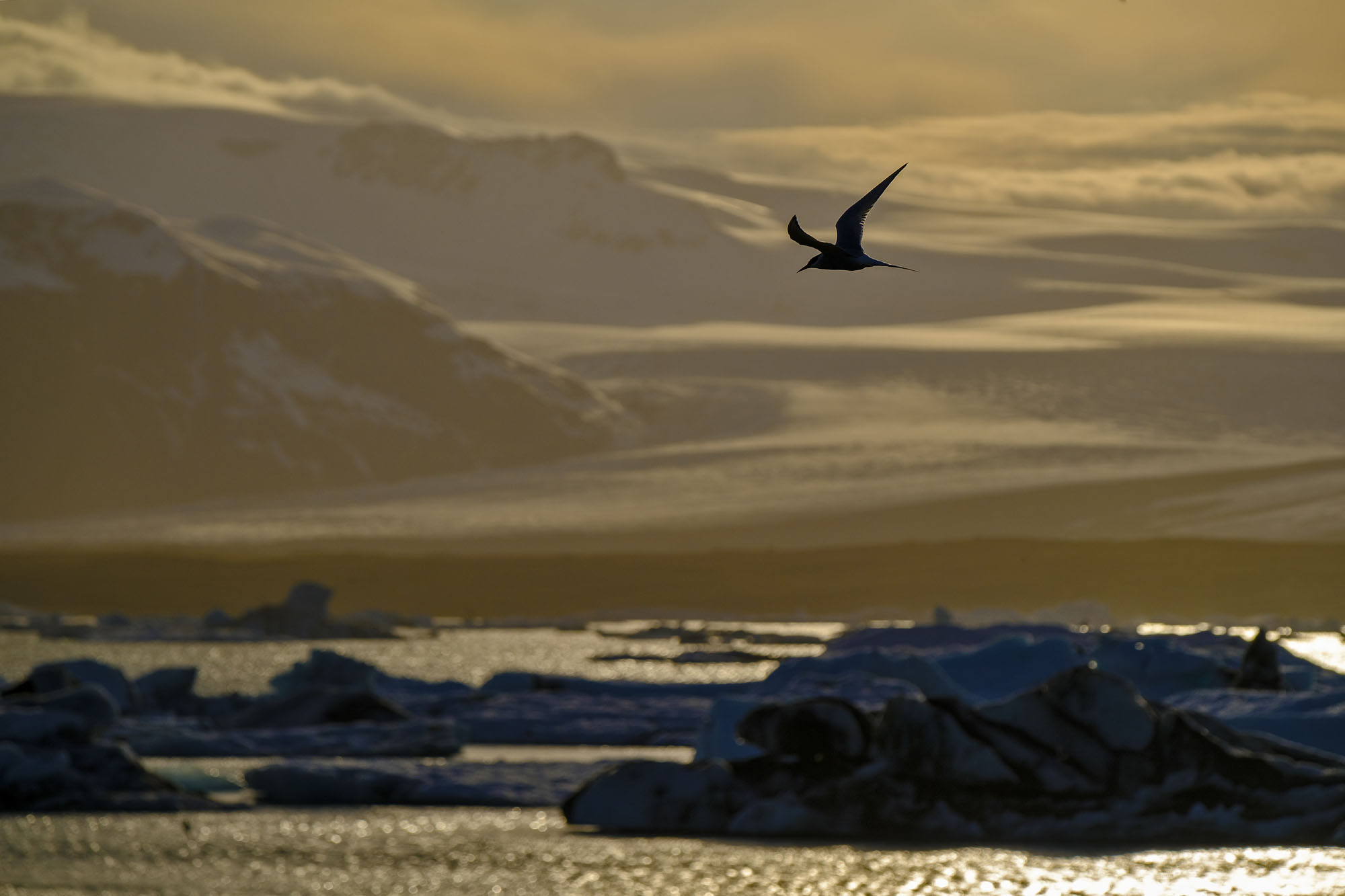
Javier Ramos (Spain)
Gallery 01
Javier Ramos(Spain)
Gallery 01
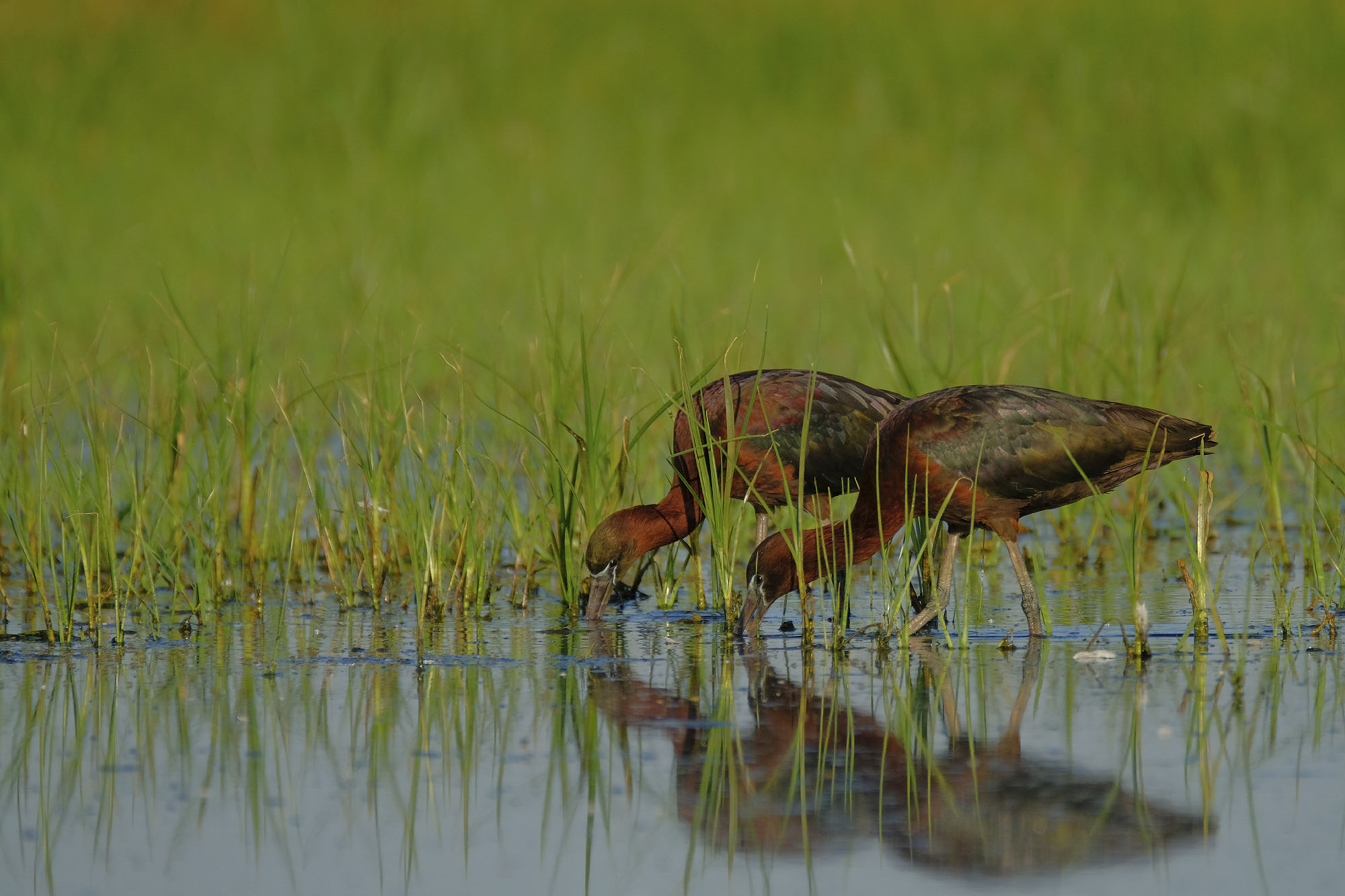
Javier Ramos (Spain)
Gallery 01
Javier Ramos(Spain)
Gallery 01

Javier Ramos (Spain)
Gallery 01
Javier Ramos(Spain)
Gallery 01

Javier Ramos (Spain)
Gallery 01
Javier Ramos(Spain)
Gallery 01

Javier Ramos (Spain)
Gallery 01
Javier Ramos(Spain)
Gallery 01
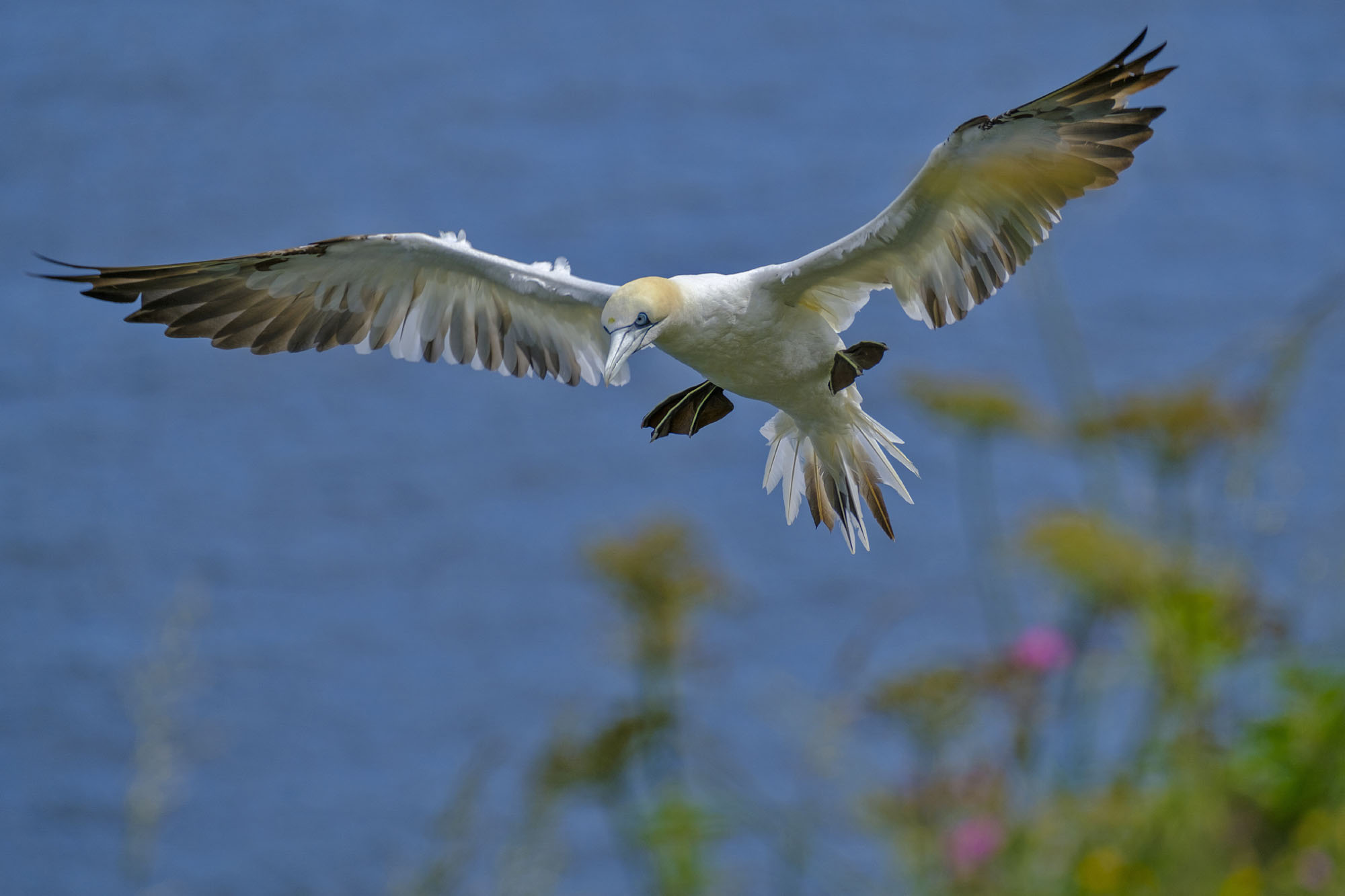
Javier Ramos (Spain)
Gallery 01
Javier Ramos(Spain)
Gallery 01

Javier Ramos (Spain)
Gallery 01
Javier Ramos(Spain)
Gallery 01
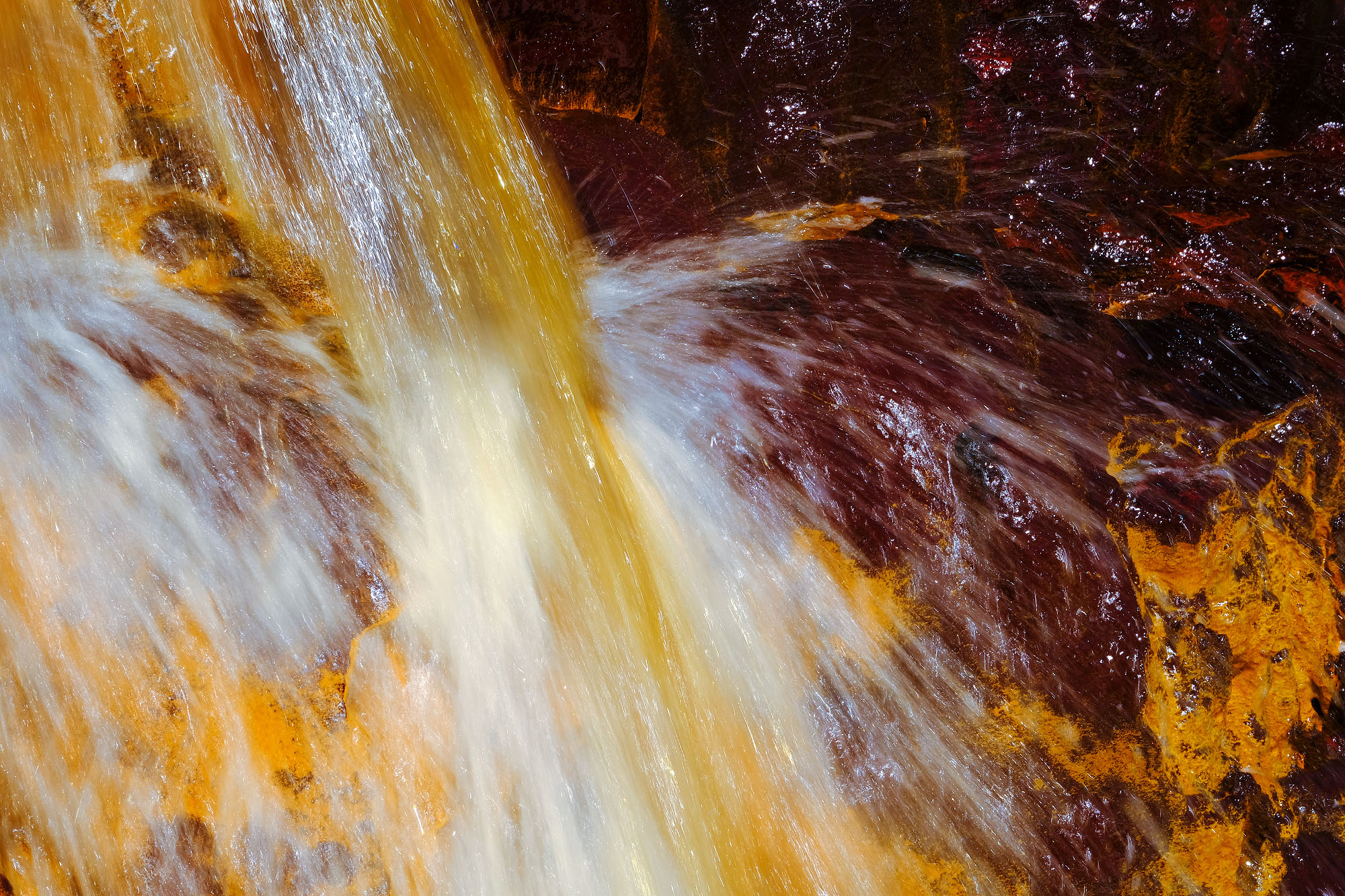
Javier Ramos (Spain)
Gallery 01
Javier Ramos(Spain)
Gallery 01
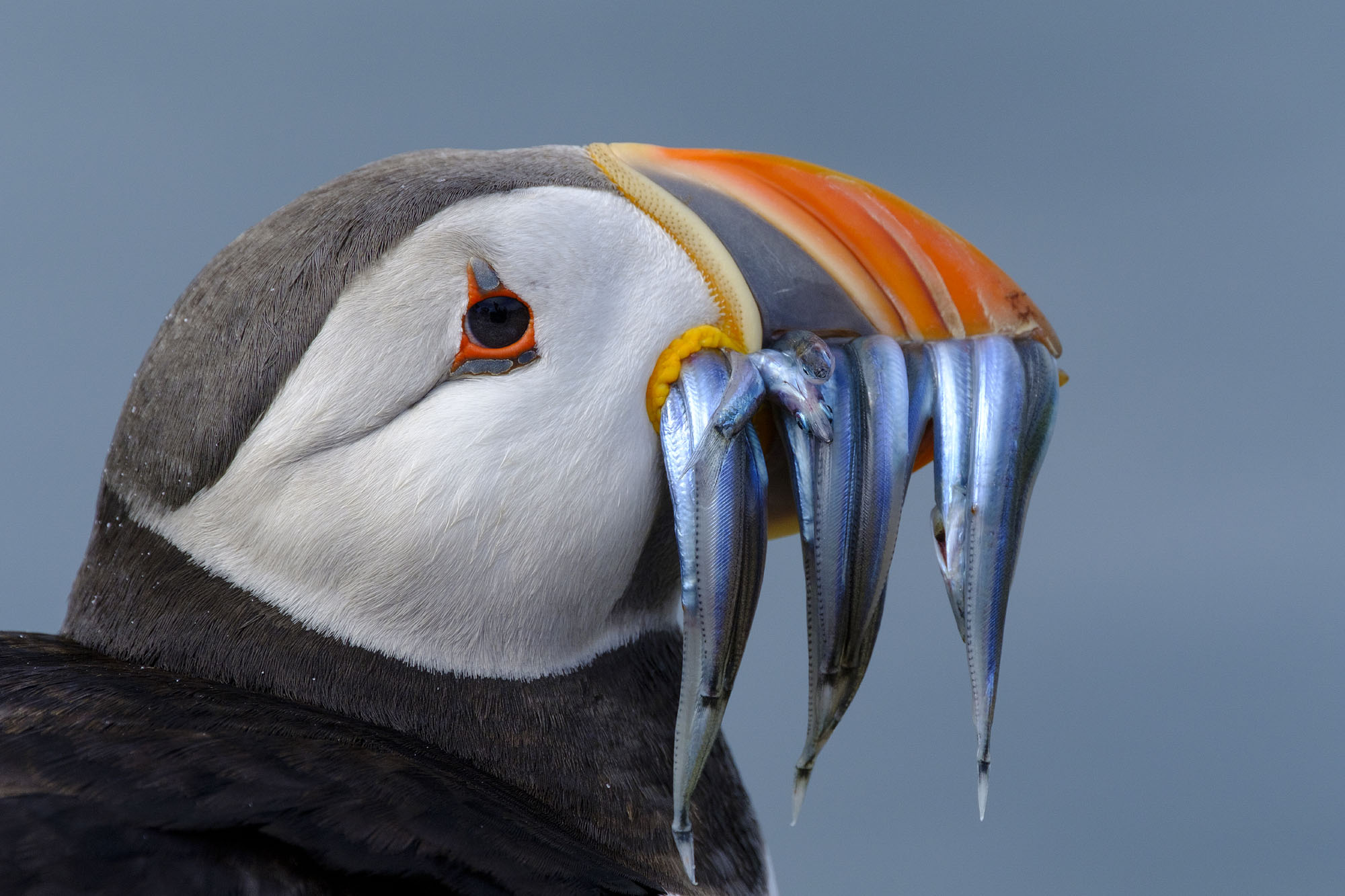
Javier Ramos (Spain)
Gallery 01
Javier Ramos(Spain)
Gallery 01
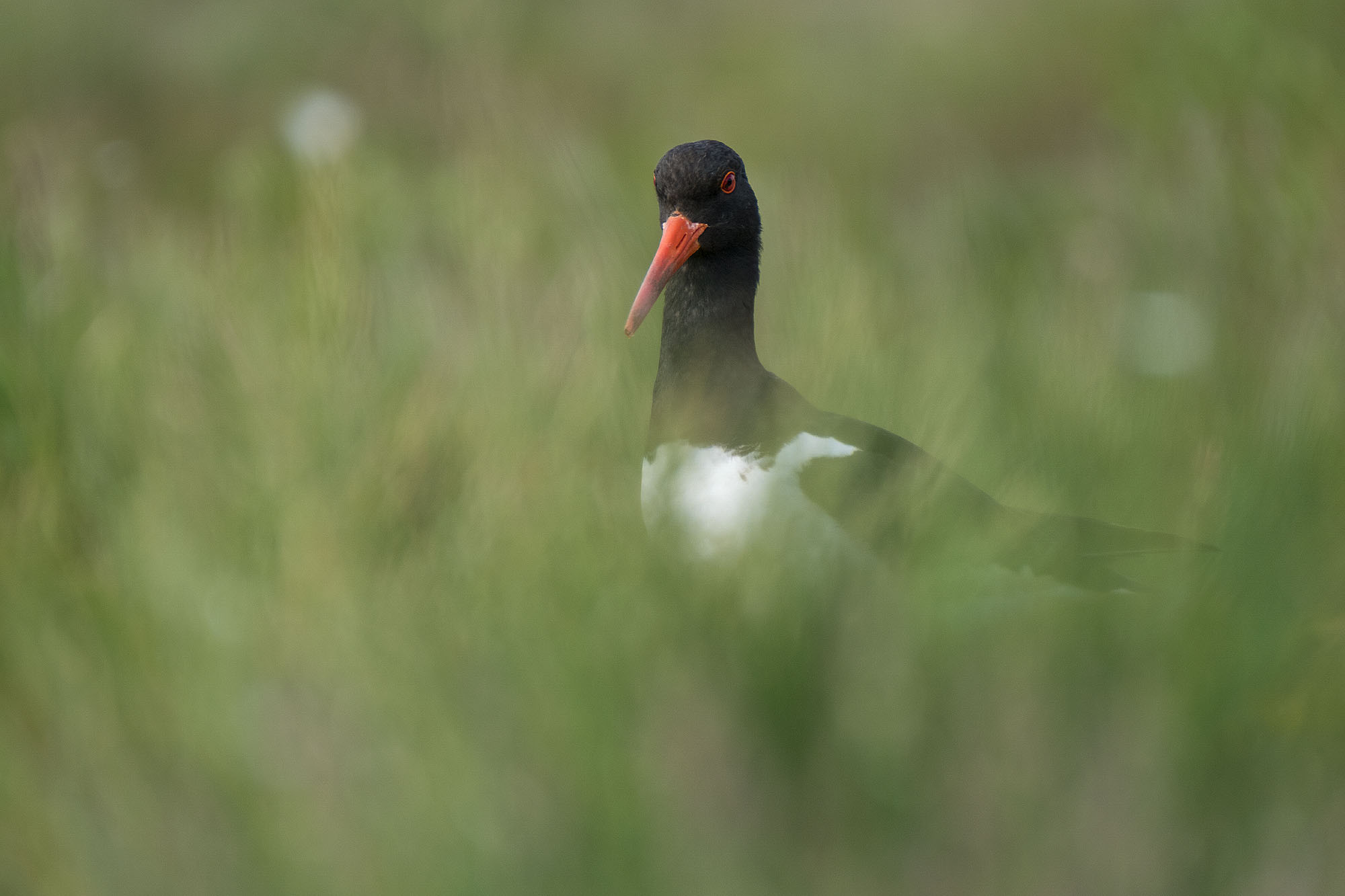
Javier Ramos (Spain)
Gallery 01
Javier Ramos(Spain)
Gallery 01

Javier Ramos (Spain)
Gallery 01
Javier Ramos(Spain)
Gallery 01

Javier Ramos (Spain)
Gallery 01
Javier Ramos(Spain)
Gallery 01
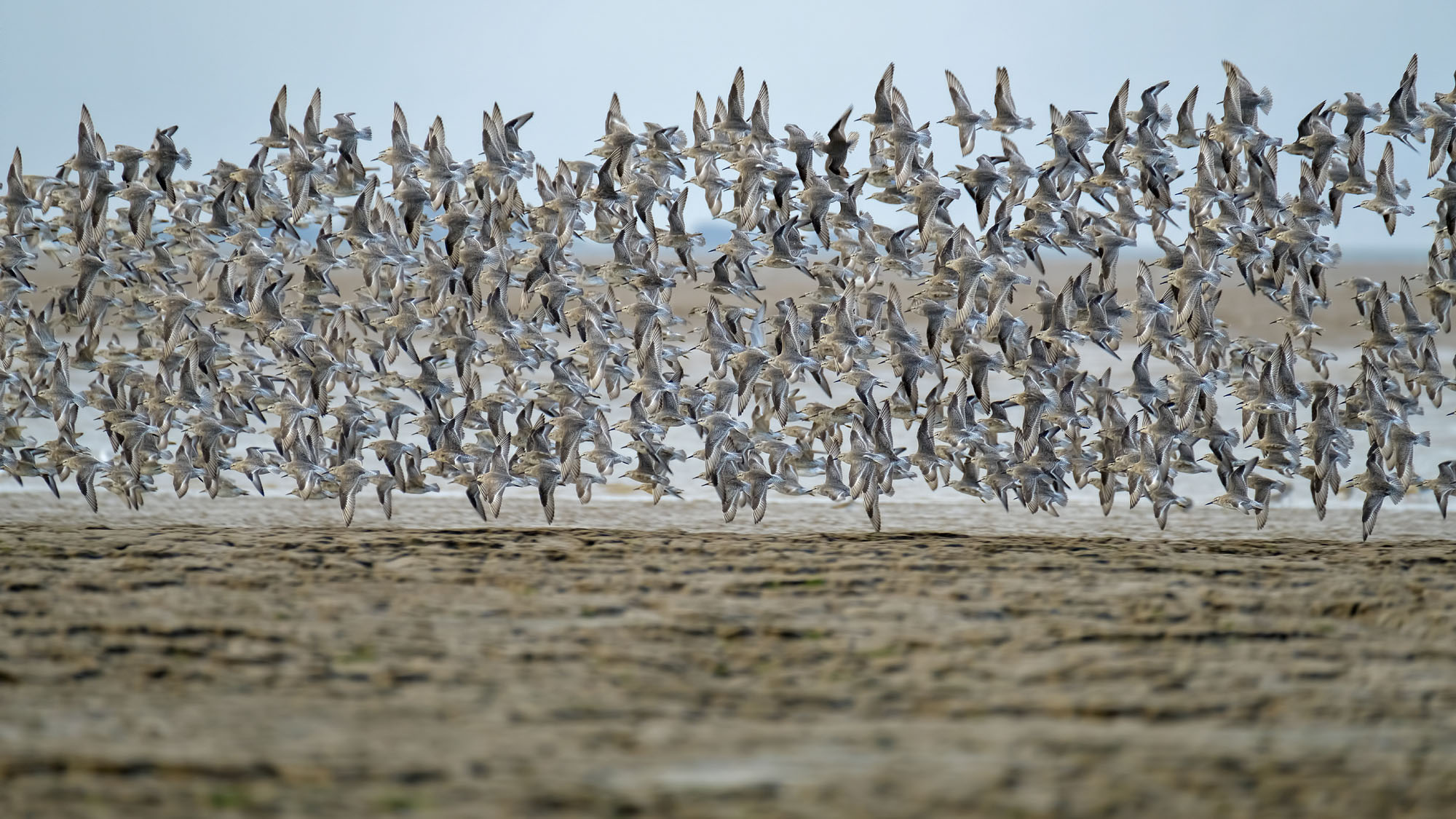
Javier Ramos (Spain)
Gallery 01
Javier Ramos(Spain)
Gallery 01
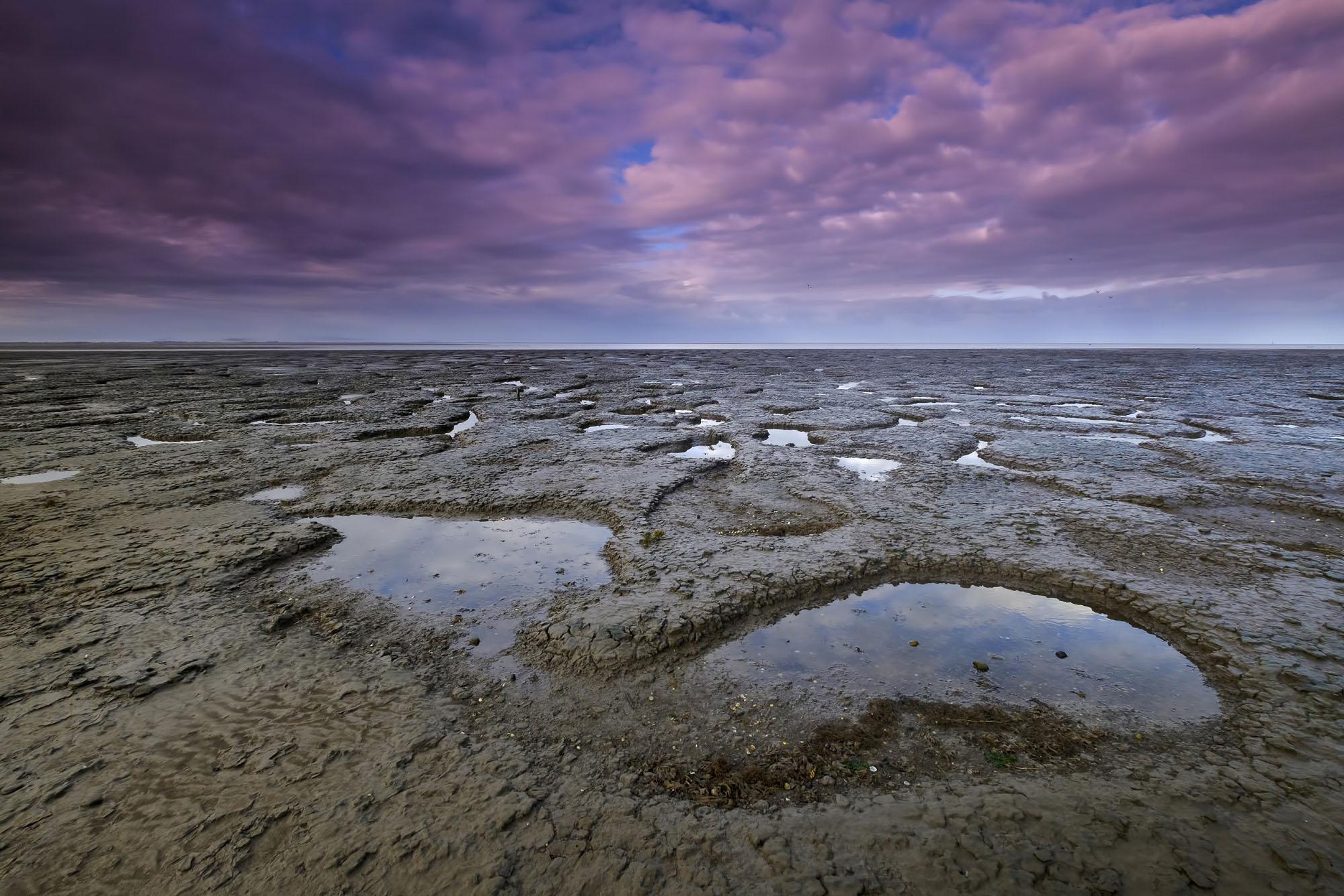
Javier Ramos (Spain)
Gallery 01
Javier Ramos(Spain)
Gallery 01

Javier Ramos (Spain)
Gallery 01
Javier Ramos(Spain)
Gallery 01

Javier Ramos (Spain)
Gallery 01
Javier Ramos(Spain)
Gallery 01

Javier Ramos (Spain)
Gallery 01
Javier Ramos(Spain)
Gallery 01
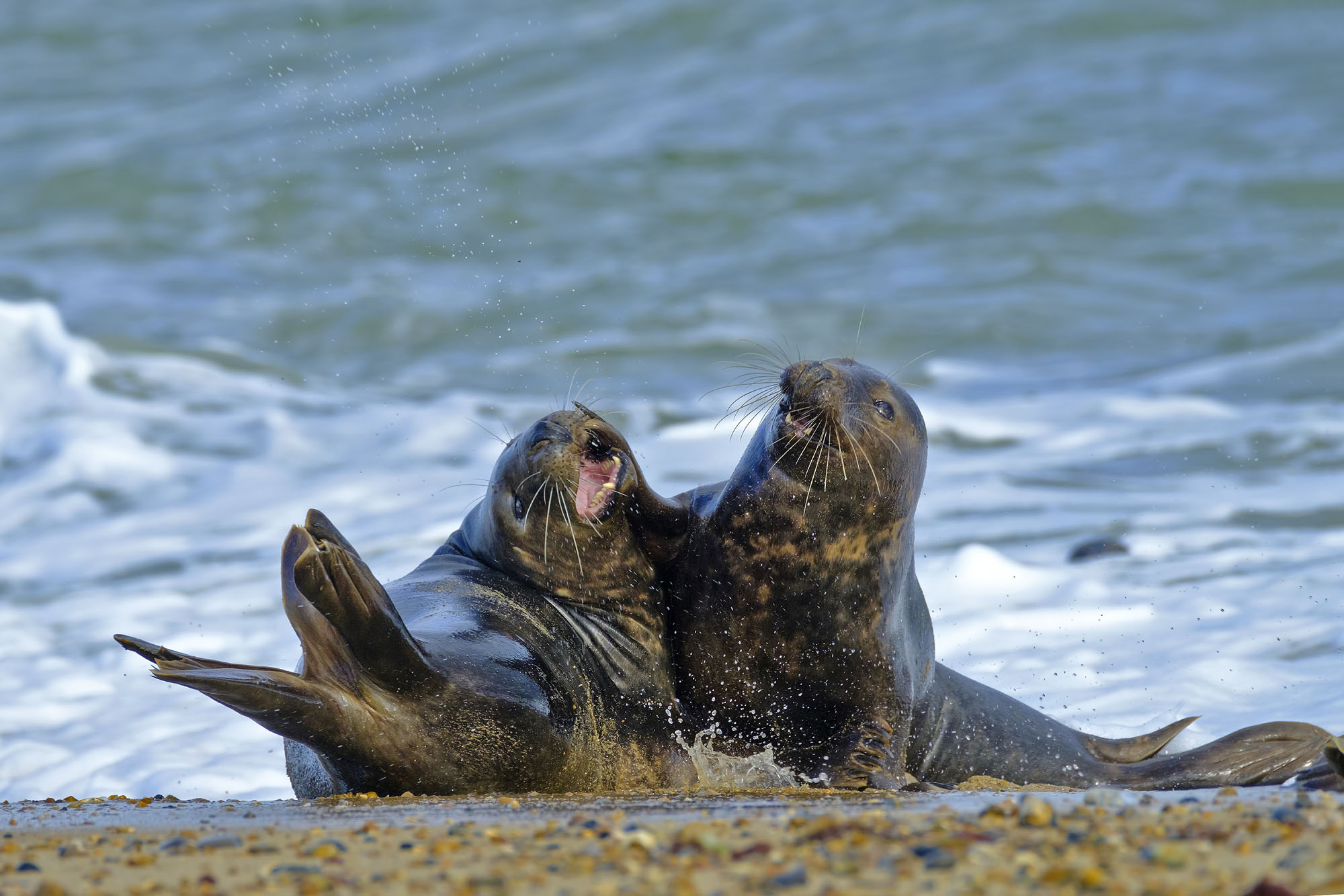
Javier Ramos (Spain)
Gallery 01
Javier Ramos(Spain)
Gallery 01
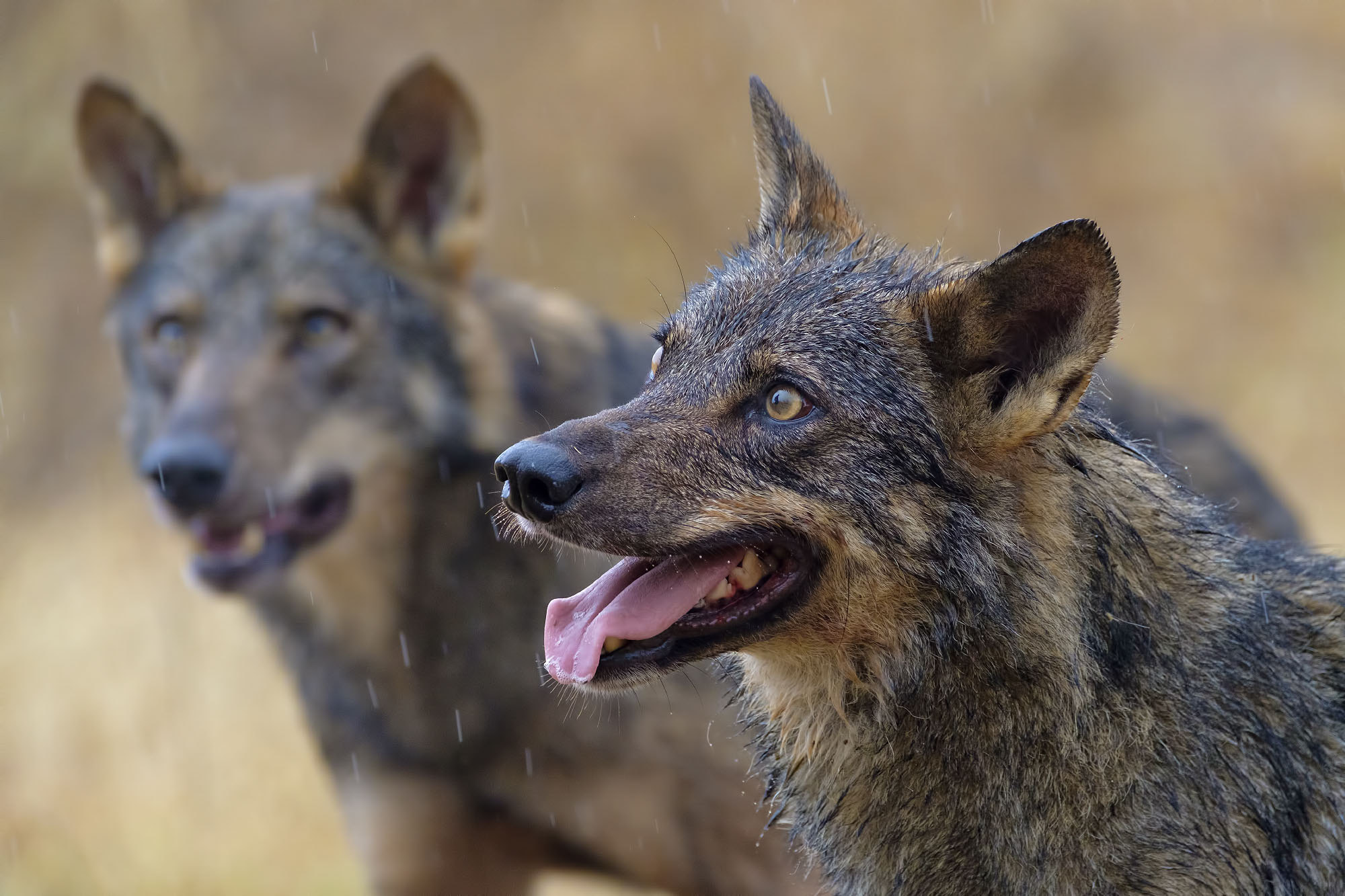
Javier Ramos (Spain)
Gallery 01
Javier Ramos(Spain)
Gallery 01

Javier Ramos (Spain)
Gallery 01
Javier Ramos(Spain)
Gallery 01
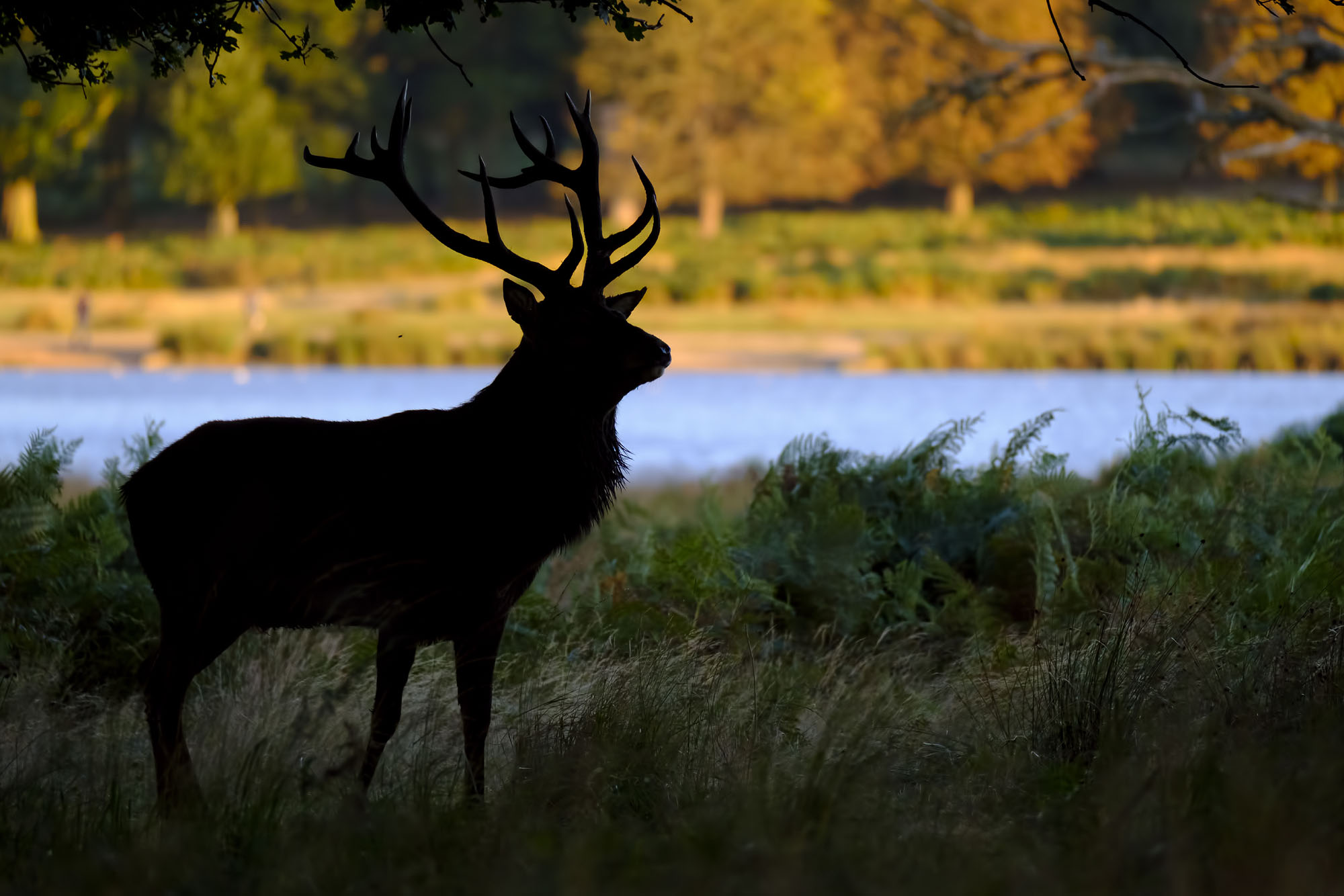
Javier Ramos (Spain)
Gallery 01
Javier Ramos(Spain)
Gallery 01

Javier Ramos (Spain)
Gallery 01
Javier Ramos(Spain)
Gallery 01

Javier Ramos (Spain)
Gallery 01
Javier Ramos(Spain)
Gallery 01
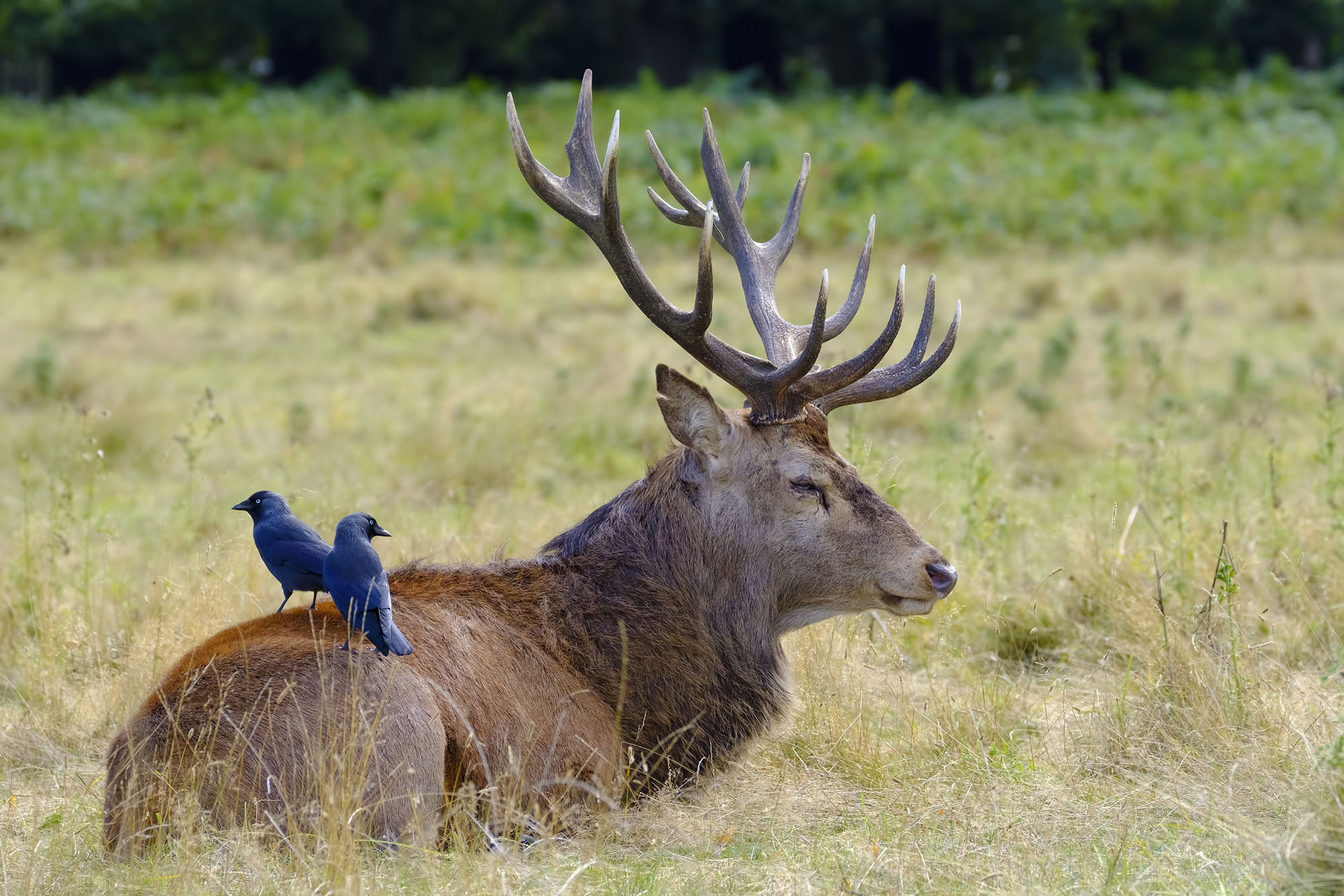
Javier Ramos (Spain)
Gallery 01
Javier Ramos(Spain)
Gallery 01

Javier Ramos (Spain)
Gallery 01
Javier Ramos(Spain)
Gallery 01
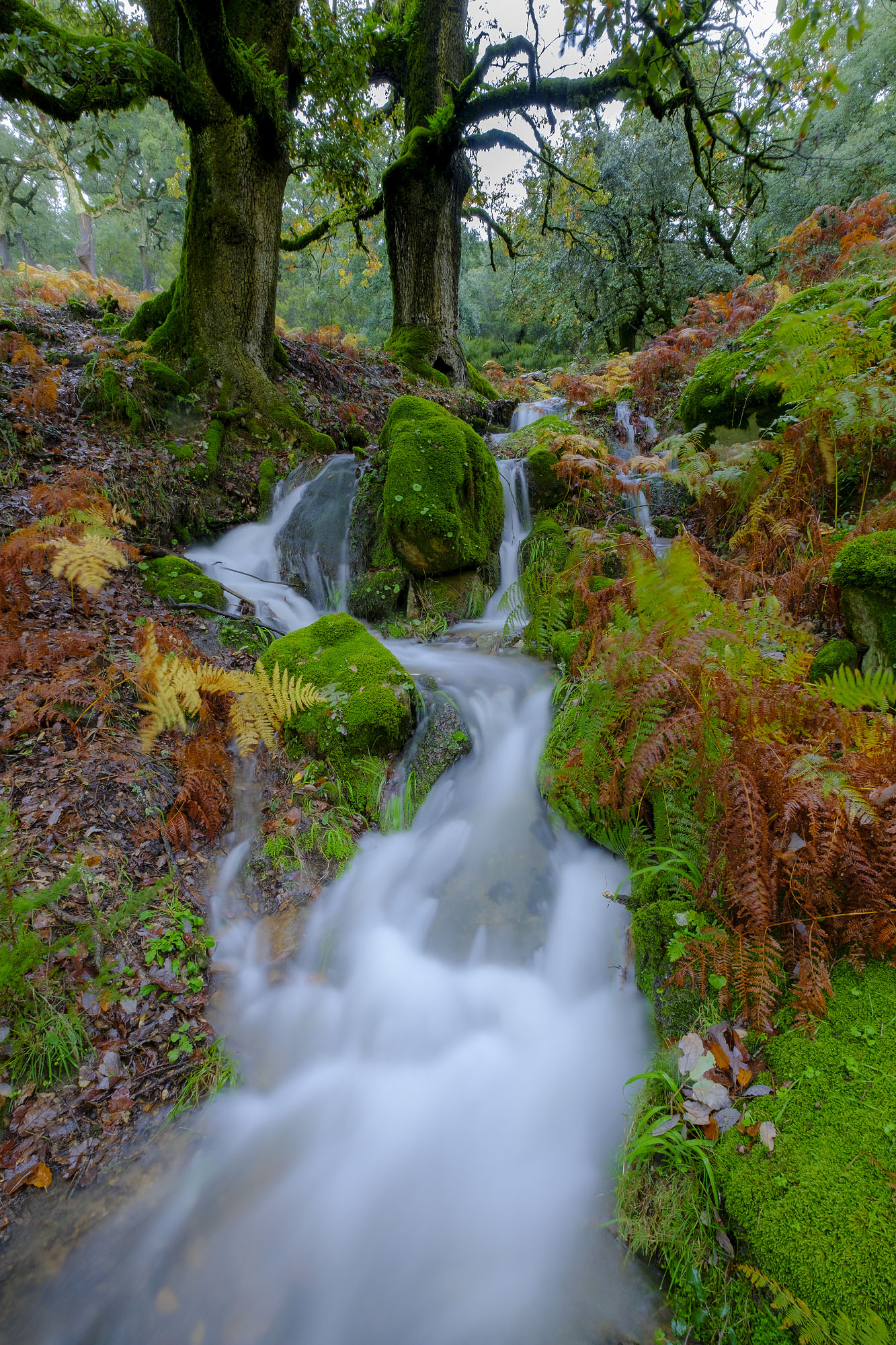
Javier Ramos (Spain)
Gallery 01
Javier Ramos(Spain)
Gallery 01

Javier Ramos (Spain)
Gallery 01
Javier Ramos(Spain)
Gallery 01















































